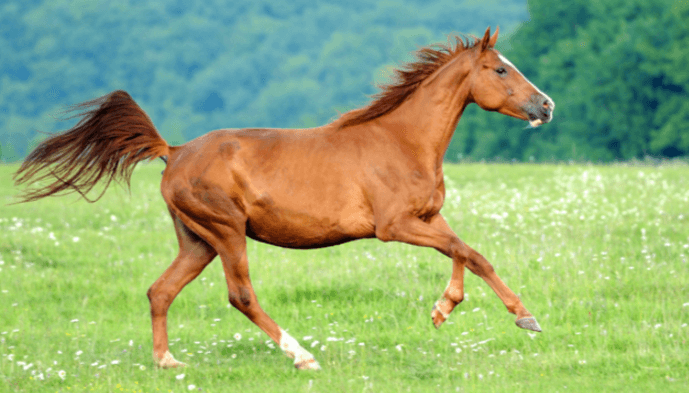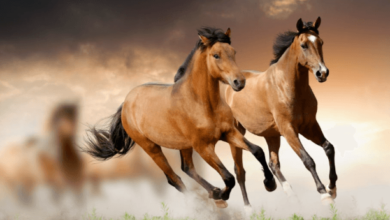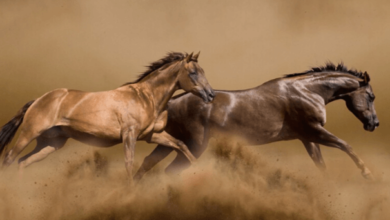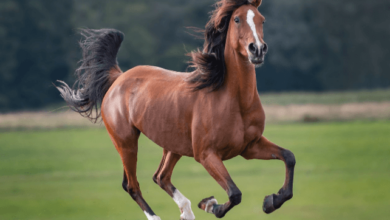How do you choose the right racing equipment and gear for your horse?

Introduction
Selecting the appropriate racing equipment and gear for your horse is crucial for maximizing performance, ensuring safety, and maintaining the animal’s well-being. The right equipment can make a significant difference in racing outcomes, providing the necessary support and comfort for both the horse and rider. This guide delves into the essentials of choosing racing gear, from understanding the basic needs of your horse to selecting specialized equipment for optimal racing performance.
Understanding Your Horse’s Needs
Every horse is unique, and their requirements for racing equipment will vary based on factors such as breed, size, health, and training. It’s important to assess your horse’s individual needs to make informed decisions.
Assessing Horse Size and Build
Accurate measurements are crucial. Equipment that is too tight can cause discomfort and injury, while gear that is too loose can be ineffective and dangerous. Use a measuring tape to get precise dimensions of your horse’s girth, withers, and other critical areas.
Considering Horse Breed and Performance Level
Different breeds have distinct characteristics that may influence your choice of gear. Thoroughbreds, for instance, may require lighter, more aerodynamic equipment compared to larger, more robust breeds like Standardbreds.
Essential Racing Equipment for Horses
Saddles
Selecting the Right Saddle: A well-fitted saddle is essential for both comfort and control. Look for saddles designed specifically for racing, which are lighter and more streamlined than general-purpose saddles.
Materials and Design: Opt for high-quality materials that are durable yet lightweight. Leather is a popular choice, but synthetic options are available that provide similar benefits.
Bridles and Bits
Choosing the Correct Bridle: The bridle is a key communication tool between rider and horse. Ensure it fits well and is suited to your horse’s training and behavior.
Selecting Bits: Bits come in various designs, each serving different purposes. Work with a trainer to find a bit that complements your horse’s mouth conformation and responsiveness.
Leg Protection
Leg Wraps and Boots: Protecting your horse’s legs from injuries is paramount. Choose wraps and boots that provide adequate support and cushioning without restricting movement.
Types of Leg Gear: There are various types of leg protection gear, including polo wraps, splint boots, and bell boots. Each serves a specific purpose, so understanding their use is crucial.
Racing Accessories
Blankets and Sheets: Racing horses need to be kept warm and comfortable. Blankets and sheets made from breathable materials help regulate body temperature and prevent muscle stiffness.
Cooling Sheets: After a race, cooling sheets help your horse cool down gradually, preventing sudden temperature changes that could lead to health issues.
Safety Gear for Horses and Riders
Helmets and Safety Vests for Riders: Safety for the rider is as important as the horse’s well-being. Ensure that helmets and vests meet safety standards and fit correctly.
Reflective Gear: If training or racing in low-light conditions, reflective gear can enhance visibility and safety for both horse and rider.
Maintaining and Caring for Racing Equipment
Regular Inspection: Regularly check all gear for wear and tear. Replace any damaged or worn-out items promptly to ensure safety and performance.
Cleaning and Storage: Proper cleaning and storage extend the life of your racing equipment. Use appropriate cleaning agents for different materials and store gear in a dry, cool place.
Expert Tips for Choosing Racing Equipment
Consulting with a Trainer: A knowledgeable trainer can provide invaluable advice on the best equipment suited to your horse’s specific needs and racing conditions.
Testing Gear: Before making a final decision, test the gear in training sessions to ensure it fits well and functions as expected.
Budgeting for Racing Equipment
Balancing Cost and Quality: High-quality gear often comes with a higher price tag, but investing in durable, well-made equipment can save money in the long run by reducing the need for frequent replacements.
Where to Buy: Purchase equipment from reputable suppliers who specialize in racing gear. They can offer guidance and ensure you’re getting the best value for your money.
FAQs
How do I measure my horse for racing equipment? Measure the horse’s girth, withers, and other critical areas using a measuring tape to ensure a precise fit.
What are the best materials for racing saddles? High-quality leather and modern synthetic materials are popular choices for their durability and lightweight properties.
How often should I replace my horse’s racing gear? Regular inspections should be conducted to check for wear and tear. Replace any damaged gear immediately to maintain safety and performance.
Can I use regular horse equipment for racing? While some regular equipment might suffice, specialized racing gear is designed to enhance performance and provide better support and safety.
How important is leg protection in horse racing? Leg protection is crucial as it helps prevent injuries during intense physical activity. Proper leg wraps and boots can make a significant difference in your horse’s safety and performance.
What should I look for in a racing bridle? Ensure the bridle fits well and suits your horse’s training and behavior. Comfort and effective communication between the horse and rider are key considerations.
Conclusion
Choosing the right racing equipment and gear for your horse involves careful consideration of the horse’s individual needs, breed characteristics, and the specific demands of racing. By investing in high-quality, well-fitted gear, you can enhance your horse’s performance, ensure their comfort, and protect them from injuries. Regular maintenance and expert advice will further help in making informed decisions, ensuring both horse and rider are well-prepared for the challenges of racing.




